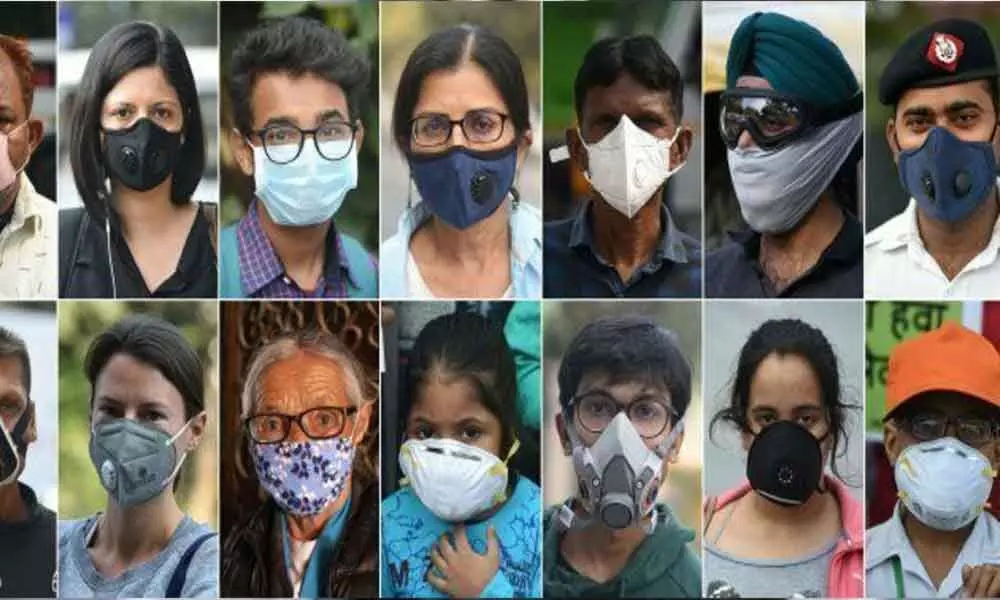Live
- Fire in TTD Forest in Tirumala
- SC dismisses rape survivor's plea seeking action against Kerala judge
- Chiranjeevi Engages with Russian Delegates on Creative Ventures in Hyderabad
- Has Allu Arjun's ‘Pushpa 2’ raked in Rs. 1000 Crore Pre-Release Business?
- Reports of spat with Netanyahu misleading: Germany
- 5.0-magnitude quake hits Alaska Peninsula
- AP assembly elections: Filing of nominations in full swing in the state
- Alaya F stuns in denim look, exudes boss babe energy
- Brillare Clinic Celebrates First Anniversary with Gratitude and Glamour
- Tillu Square: Sidhu Jonnalagadda’s Film to Stream on Netflix in 5 Languages









